Rising Energy Demand
The increasing The Next Generation Solar Cell Industry. As populations grow and economies expand, the need for sustainable energy sources becomes more pressing. According to recent data, energy consumption is projected to rise by approximately 30% by 2040. This surge in demand necessitates innovative solutions, such as next generation solar cells, which offer higher efficiency and lower costs. The transition from fossil fuels to renewable energy sources is not merely a trend but a necessity, as countries strive to meet their energy needs while adhering to environmental regulations. Consequently, the Next Generation Solar Cell Market is poised for growth as it aligns with the urgent need for sustainable energy solutions.
Technological Innovations
Technological innovations are a driving force behind the evolution of the Next Generation Solar Cell Market. Advances in materials science, such as the development of perovskite solar cells, have the potential to revolutionize solar energy capture and conversion. These next generation solar cells can achieve efficiencies exceeding 25%, significantly higher than traditional silicon-based cells. Furthermore, innovations in manufacturing processes are reducing production costs, making solar technology more competitive with conventional energy sources. The integration of artificial intelligence and machine learning in solar energy systems is also enhancing performance and reliability. As these technologies continue to mature, they are expected to attract more investment and interest, thereby propelling the Next Generation Solar Cell Market forward.
Government Incentives and Policies
Government incentives and policies play a crucial role in shaping the Next Generation Solar Cell Market. Many countries have implemented favorable policies to promote renewable energy adoption, including tax credits, rebates, and feed-in tariffs. For instance, in several regions, governments are setting ambitious targets for renewable energy generation, aiming for a significant percentage of energy to come from solar sources by 2030. These initiatives not only encourage investment in solar technologies but also stimulate research and development in next generation solar cells. The financial support provided by governments can significantly reduce the initial costs associated with solar installations, making it more accessible for consumers and businesses alike. As a result, the Next Generation Solar Cell Market is likely to experience accelerated growth due to these supportive measures.
Decentralization of Energy Production
The decentralization of energy production is reshaping the landscape of the Next Generation Solar Cell Market. With the rise of distributed energy resources, consumers are increasingly seeking to generate their own electricity through solar installations. This shift is facilitated by advancements in solar technology, which allow for more efficient and compact systems suitable for residential and commercial use. The trend towards energy independence is gaining traction, as individuals and businesses recognize the benefits of reducing reliance on traditional energy grids. Additionally, the integration of energy storage solutions enhances the viability of decentralized solar systems, making them more attractive to consumers. As this trend continues, the Next Generation Solar Cell Market is likely to expand, driven by the growing preference for localized energy solutions.
Environmental Concerns and Climate Change
Environmental concerns and the pressing issue of climate change are pivotal factors influencing the Next Generation Solar Cell Market. As awareness of climate change impacts grows, there is an increasing demand for clean energy solutions that can mitigate greenhouse gas emissions. The energy sector is a significant contributor to global emissions, and transitioning to renewable energy sources, particularly solar, is seen as a viable solution. The Next Generation Solar Cell Market is well-positioned to address these environmental challenges by providing efficient and sustainable energy alternatives. Moreover, as more countries commit to reducing their carbon footprints, the demand for advanced solar technologies is expected to rise, further driving market growth.


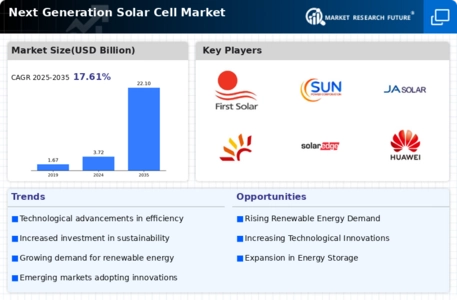
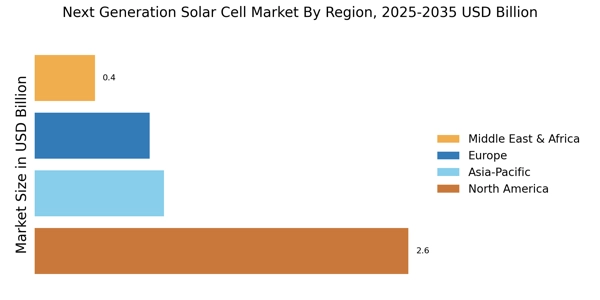
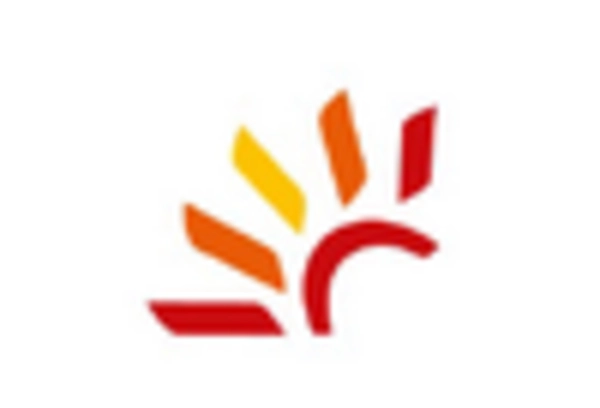
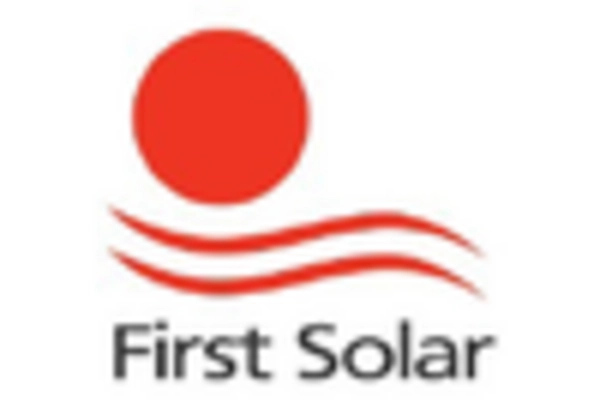
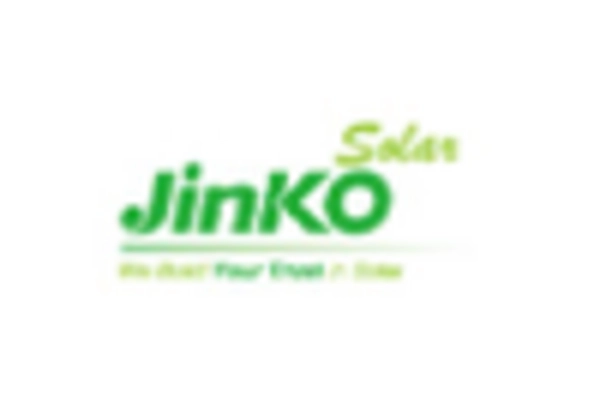
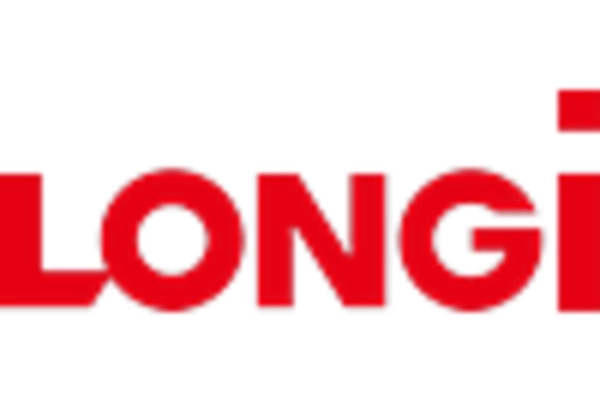
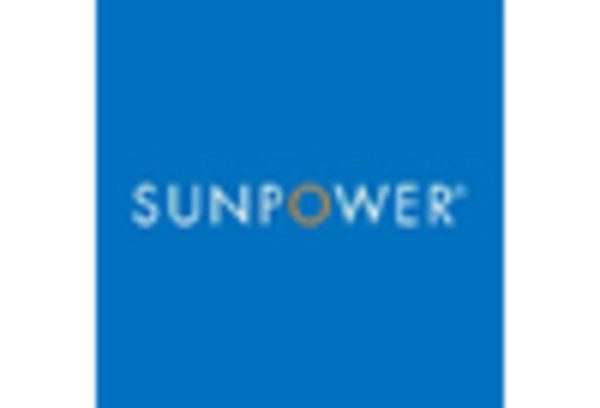
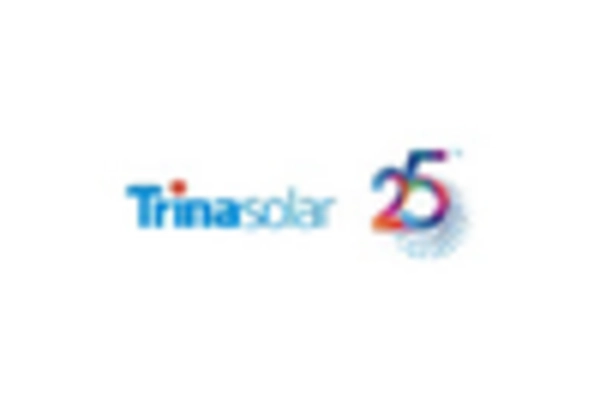








Leave a Comment